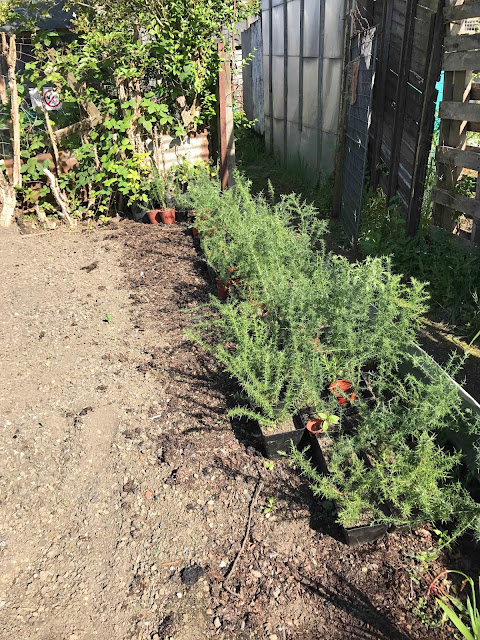2018 Plan: 100+ beds

Over 100 beds! Each will be 1 yard square. The colours here are random, but I'll need to work out a system to show plant species. The squares could contain annuals or perennials, or biennials for seeds. The possibilities for variations of colour and plant height are almost limitless. A square yard could be transplanted, or hoed out, or left with mulch for a year. For annuals, I'd grow, say, 9 potatoes to the yard, or 12 turnips, or 4 beans, or 1 cardoon... Imagine how it will look on google earth! I could be growing 120 varieties at any time - though more realistically 70 or so. Oomska and compost would fit in - taking up a yard for a small heap, 4 for a big one. It's a fan-bloody-tastic idea.







